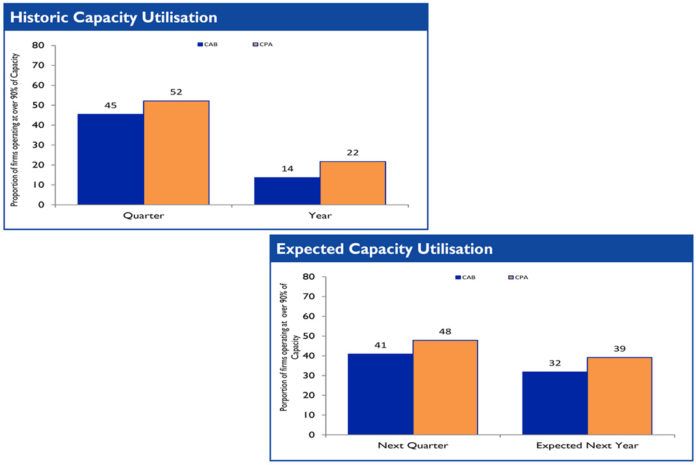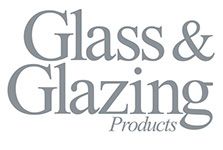
With both Brexit and Covid-19 issues still very much with us, 2021 will continue to be a challenge for all businesses. Both the State of the Trade survey from CAB and the recent Construction Products Association (CPA) forecasts offer cautious hope for the year ahead.
CAB’s 2020 final quarter State of the Trade Survey showed a distinct caution within the fenestration industry compared to the wider construction industry. CAB’s survey is taken from its membership and the results benchmarked against the wider construction industry by the CPA. Normally CAB members fare much better, or are more optimistic than that of the general construction industry, but the last report of 2020 offers an interesting insight.
Of members’ historic sales, which reflects the fourth quarter 2020 against the third quarter 2020, only 36% of the CAB membership, on balance, said that their sales had increased compared to 85% on balance of the wider construction industry. Looking forward to the first quarter 2021, on balance, only 32% of CAB members expected sales to increase, whilst 48% on balance of the wider construction industry expected sales to increase.
The change could be reflecting the delay in which the supply of aluminium fenestration follows some time after building starts on site. The year ended with a net balance of 14% of CAB members suggesting that sales volumes had reduced in the previous year.
The main driving factor for CAB members remains the costs of materials and obviously the exchange rate, as much of the UK’s aluminium is imported. Looking forward, as you would expect, 62% of CAB members suggested that demand for product would be the likely constraining factor in business for the next 12 months, reflecting the conservative figure in both reported historic and expected sales forecasts.
Looking at capacity utilisation and companies that are operating at over 90% of capacity, less than 50% of CAB members suggested they were running at this level and there does not seem to be an expected improvement in the year ahead. The wider construction industry is faring a little better, but the restrictions imposed by the Covid-19 outbreak continue to make business difficult for most.
On balance, 27% of members have indicated that labour costs during the last year have increased and on balance 64% of members expect that there will be further increases in cost in the year ahead. Both historic and expected costs remain higher than that of the wider construction industry.
Encouraging to see is the capital investment from CAB members in the year ahead, on net balance across all capital assets, is set to double in the year ahead, suggesting confidence in the coming months.
Overall, the CPA’s main scenario anticipates that construction output in 2021 will rise by 14.0% with the largest growth rates in 2021 expected to be in infrastructure at 32%, public housing repair, maintenance and improvement at 21% and industrial construction by 19%. The CPA’s main scenario for 2022 anticipates construction output rising by a further 4.9%, with the largest growth rates expected to be in public housing of 10.0% and industrial construction of 8.5%. Obviously, these figures are based on combating the Covid-19 virus as one of the main restrictions we currently face.
In fenestration circles, whilst commercial new build and refurbishment outlooks may be a little cautious, there is a possibility that the home improvement sector could bounce back after the current lockdown as it did for the first lockdown in 2020. With homeowners looking to spend capital not spent on holidays improving their homes and property, these improvements often include replacement windows and doors. Whilst still far from the most widely used fenestration material in the UK today, aluminium continues to grow and is arguably the material of choice for the homeowner given its affordability.
Adrian Toon
Council for Aluminium in Building (CAB) board director



